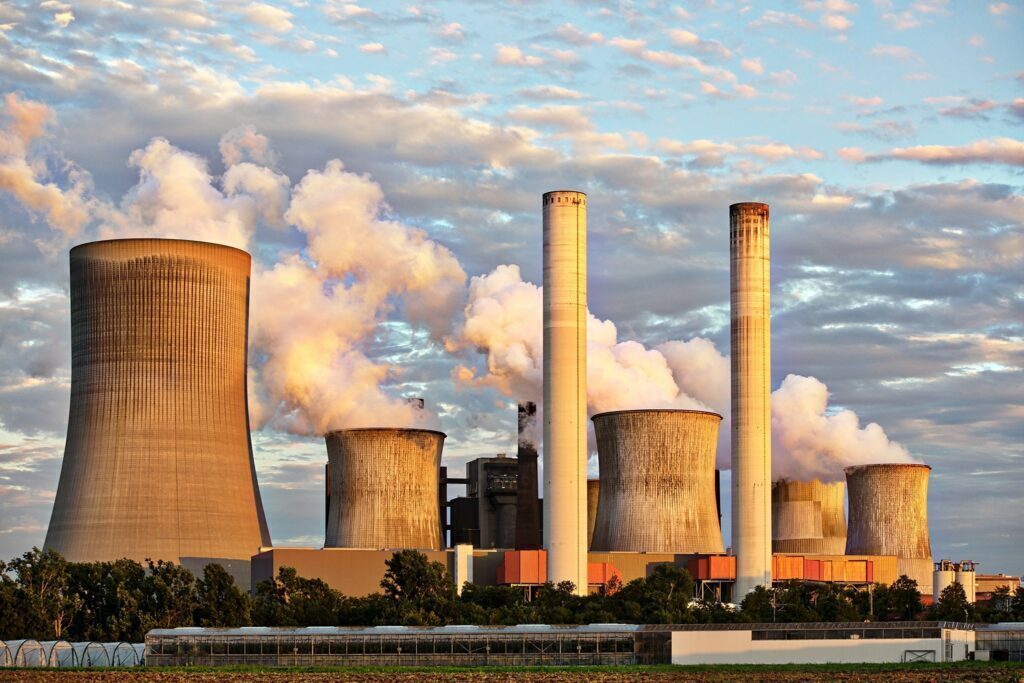The National Energy Regulator of South Africa (NERSA) will let the public know this week if it’ll allow Eskom a 20,5% price increase after the utility’s second application. The regulator rejected Eskom’s first application in September 2021.
According to the Mail and Guardian, Eskom lodged a multiyear pricing determination (MYPD) ruling following Eskom’s application to have NERSA’s decision to reject their application set aside as unlawful. It formally lodged its MYPD5 application on 2 June 2021, but NERSA rejected it as it was prepared using an expired methodology.
“It is unlawful in that it proposes a route directly in conflict with the obligation created for Eskom by Section 42(2) of the Municipal Finance Management Act (MFMA) and it is impractical in that it proposes a tariff determination be submitted and decided upon, including public comment thereon, on the back of a non-existent methodology,” Engineering News explained.
NERSA, this patient needs an enema!
The public had time to submit their comments on the price hike and SA’s energy regulator now has until 25 February to render its decision on the Eskom tariff hike. This will ensure that the increase — assuming there is one — is implemented before 1 April 2022. Perhaps this will all turn out to be an April Fool’s joke?
According to BusinessTech, Cape Town mayor Geordin Hill-Lewis said that businesses and the public are not happy about the proposed increase. The mayor addressed a letter to Eskom chief executive, André de Ruyter. It’s no secret that many suffered during the pandemic. Businesses closed, leaving South African citizens are without jobs. Hill-Lewis explains as much in his letter.
NERSA indicates that the extreme loadshedding in 2020 and 2021 was mostly due to Eskom being negligent with its fleet, power units at Eskom power stations being offline, and that the public can’t be left with paying off that debt.
“Whatever the merits of the Eskom’s tariff application may be, it must follow that if the application is not dealt with legally and under the prescribed procedures, there must be a real risk of irreparable harm to Eskom in their attempts to secure a tariff that accords with the principles set out in the Electricity Regulation Act,” NERSA details.
A NERSA press release states that the following objectives were thought through when developing the fundamental system: It hopes to “achieve stable electricity prices for the Electricity Industry, achieve a stable electricity system for the electricity Industry that supports Eskom’s sustainability and Improve systems and tools.”
We’re awaiting comment from NERSA, and will update once we receive further details.
Sources: Engineering News, Mail and Guardian, Business Tech




